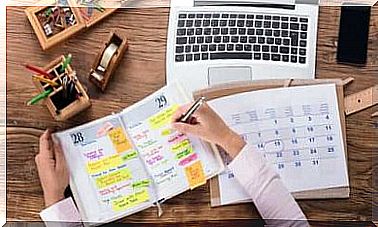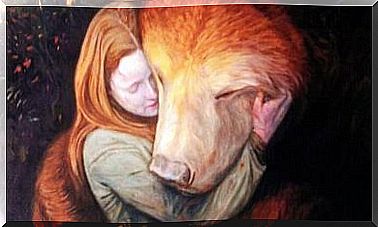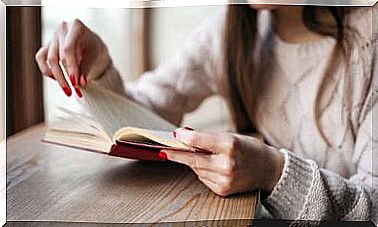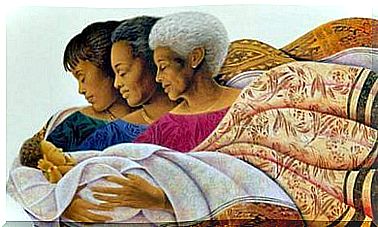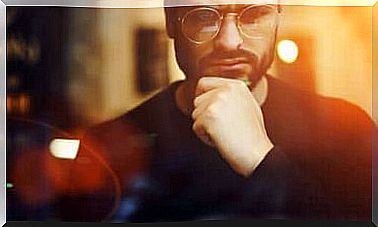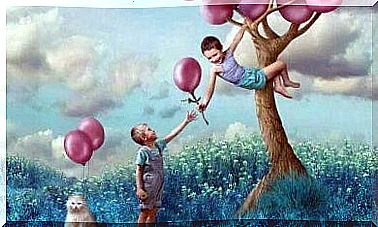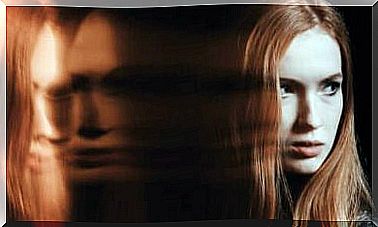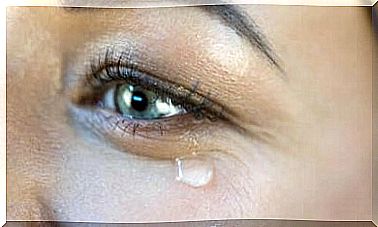Qi Gong (Chi Kung): What Is It And How Is It Practiced?
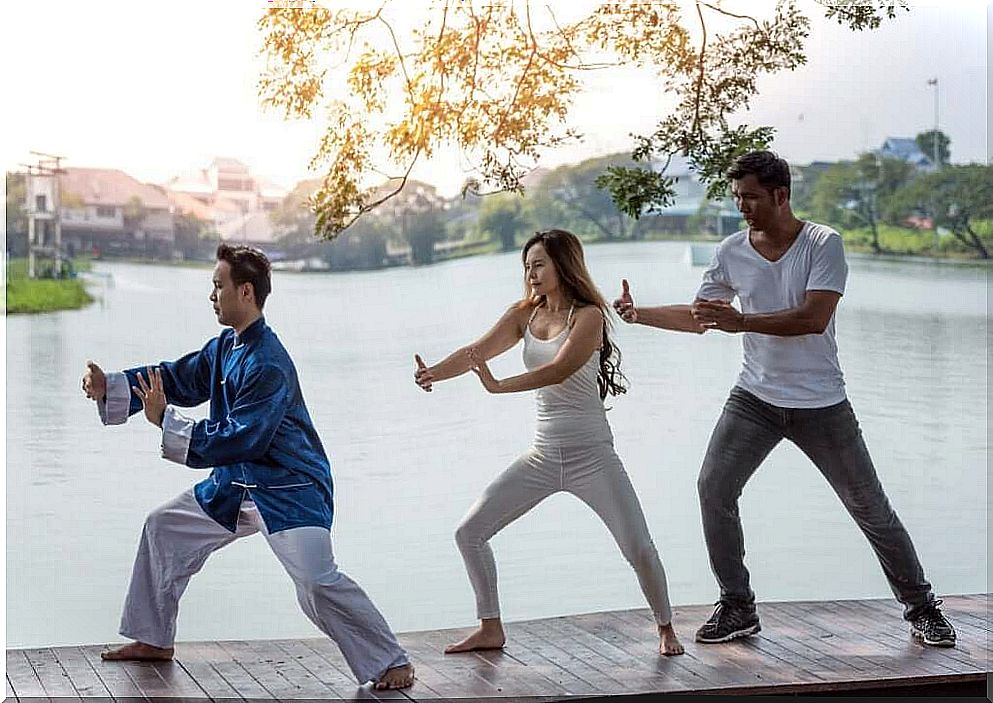
Qi Gong, also known as Chi Kung, is an art of Chinese origin that aims to know, apply and optimize the body’s energy, as understood by traditional Chinese medicine. It is an ancient practice, dating back approximately 2,000 years ago.
In Qi Gong, it is done with breathing, movement and visualization, just as traditional Chinese medicine does with acupuncture. According to this perspective, there is health when there is an abundance of vital energy, which is called “Chi” or “Qi”. This energy must move where it must circulate, without stagnating or dispersing, maintaining a balance. In Qi Gong, there should be no excess or deficiency of Chi in any part of the body. If this is achieved, there will be good physical and mental health.
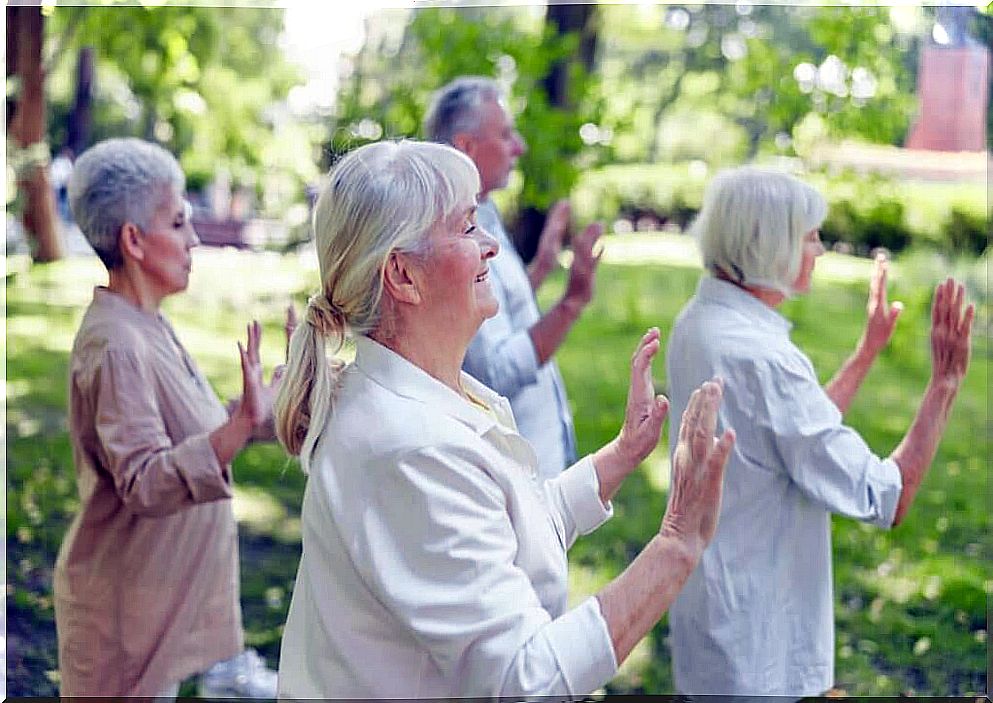
The practice of Qi Gong
Qi Gong can be practiced by anyone, regardless of age or physical condition. It does not require good physical conditioning, as it is based on static postures, dynamic movements, sitting postures, gaits and sounds. Unlike yoga, it doesn’t require great skills to achieve the postures mentioned.
In Qi Gong or Chi Kung, you don’t need a teacher permanently, you can learn and then practice on your own. It is also guided by the principle of “little and regular”, that is, a practice of short periods, but constant. It usually requires 15 to 30 minutes a day.
The most common practice of this art starts with a self-massage followed by an ear unblocking. Then there is a static pose, a dynamic movement, and finally meditation. Most of the movements come from the Taoist tradition, others are Buddhist-inspired and some were created recently.
The benefits of Qi Gong
Qi Gong seeks to balance the body’s energy and therefore nourishes and strengthens it. It is estimated that the benefits of this discipline become especially noticeable about three months after starting daily practices. From the perspective of traditional Chinese medicine, Chi Kung can provide the following benefits:
- Reduces stress. Like Tai Chi, this practice has very positive effects in reducing stress and anxiety. In Chinese medicine, these emotions are associated with digestive problems, so there will also be better digestion.
- Strengthens the immune system. By balancing energy, the immune system is strengthened, making the body less vulnerable to infections and more serious problems like cancer. It also helps to reduce the side effects of chemotherapy or radiation therapy.
- Helps reduce chronic pain. The practice of Chi Kung helps to reduce pain caused by illnesses such as arthritis and rheumatism. Likewise, it relieves all types of muscle pain and prevents headaches.
- Strengthens muscle mass. After the age of 40, the loss of muscle mass becomes very evident. This practice helps to reduce this loss, a very important factor in preventing falls in people over 70 years of age.
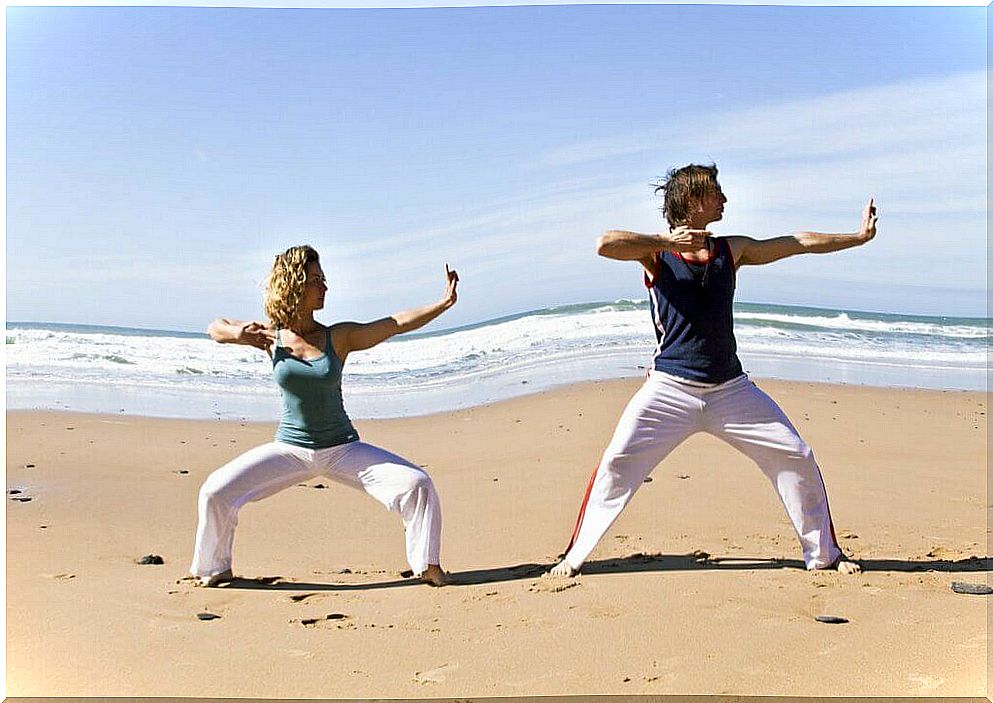
Traditional Chinese Medicine
In the Chinese philosophical tradition, which is at the heart of Chinese traditional medicine, all phenomena in the universe can be classified into Yin and Yang aspects. The Yin aspects correspond to the feminine and are associated with concepts of cold, rest, internal, soft, receptive, fragile and the like.
Yang, in turn, is related to the masculine and is associated with heat, movement, strong, active, hard, etc. On the other hand, for traditional Chinese medicine, there is an essential energy called Chi, which must flow through an energy system composed of a network of meridians.
However, when the Chi does not flow properly, that is, when its circulation becomes stagnant, interrupted or dispersed, illness arises. For this reason, Chinese medicine aims to get this energy flowing properly again, to restore the Yin-Yang balance. For this, he uses acupuncture, massage, diet, herbal medicine and Qi Gong.
